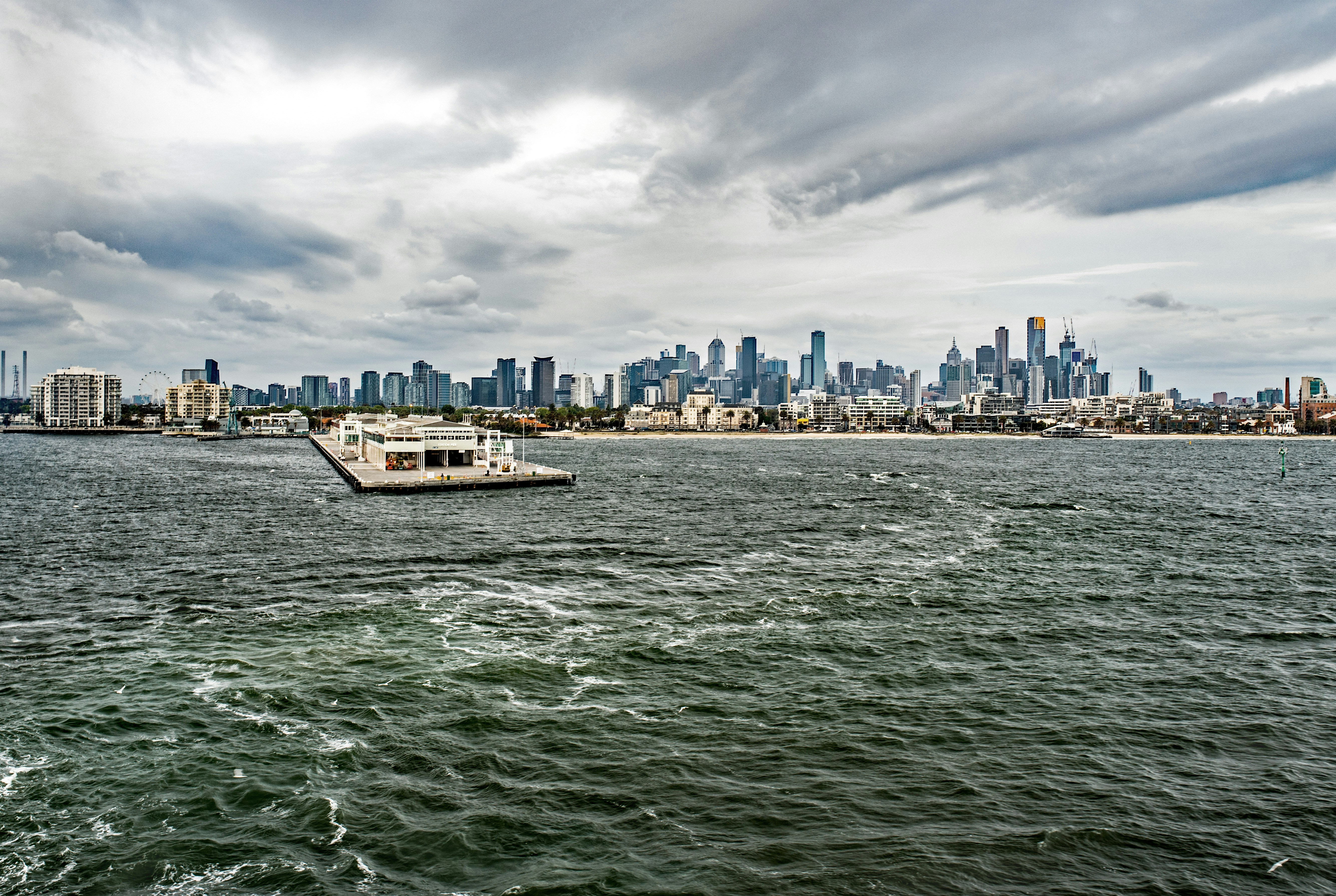Attachments
Note: Not all attachments are visible to the general public. Research URLs will go live after the embargo ends.

Journal/
conference: Proceedings of the Royal Society of Victoria
conference: Proceedings of the Royal Society of Victoria
Research:Paper
Organisation/s:
The University of Melbourne, Monash University
Funder:
We gratefully acknowledge the funding support from Melbourne Water, Australia.



 Australia; VIC
Australia; VIC


